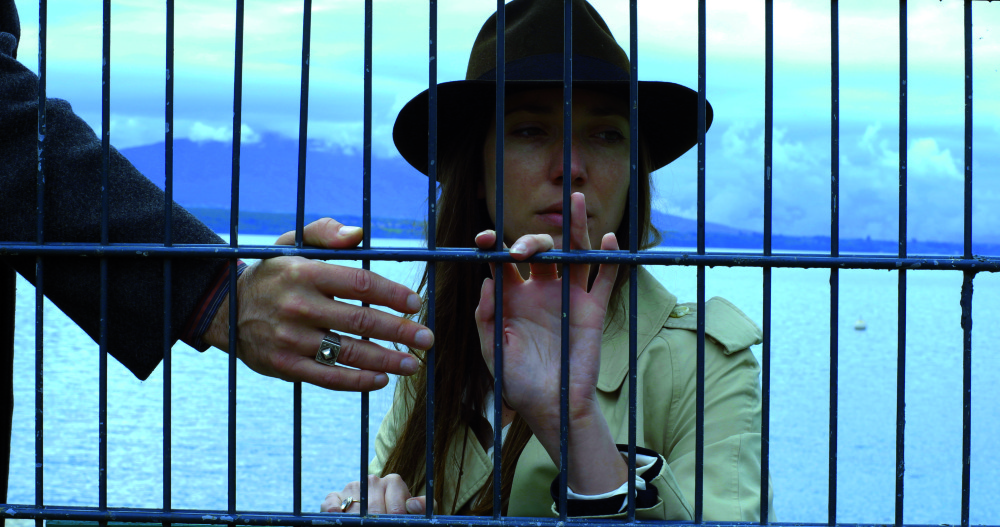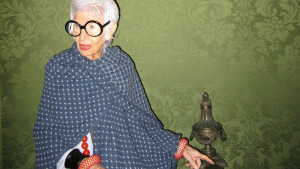
For someone who finds art film rather fascinating, I find myself constantly aware of the large gap I have due to not quite exploring Jean-Luc Godard’s filmography as much as I probably should. In this attempt at being honest, I must admit – with the exception of his Aria segment – this is the first film of Godard’s post-sixties film career I’ve seen.
And what a doozy it is to experience Godard’s Goodbye to Language 3D. It’s a strange little film, no matter which way you view it, and believe me, there are plenty of ways to do so. Is it a romance? A murder mystery? A slice of dog life? A period drama with Mary Shelley? An experiment with sight and sound gone horribly/beautifully right/wrong? A little of everything actually, and more, but it’ll take more than one watch to get it all; if that’s even physically possible.
With that being said, it’s definitely not the film for everyone. Those familiar with Godard’s typical experimental groove – his constant toying with sound and sight while delivering all sorts of philosophical musings – will find themselves in tune with what the man delivers. Others, however, might find all those idiosyncrasies too peculiar.
Even without having seen decades worth of his career, I can comfortably say the man’s style hasn’t changed much since, only sliding closer to “video essays” and further away from narrative films. This is a film that presents as much jarring imagery as possible, juxtaposed against serene scenes that unfold quietly. One of the simplest, yet strangely memorable, moments in the film is just the floating of leaves in a body of water, and a woman dipping her hands in to wash them.
Of course, for many filmgoers, the idea of watching a film in 3D is appalling (something I’m not too fond of in folks). It’s a medium that can, and should, be further explored, and Godard’s discovered some rather interesting ways to expand on what 3D can be used for. He’ll use depth and the strange layering of 3D to his benefit, presenting some of the most mundane experiences from angles that one wouldn’t typically witness. Most importantly though, he offers something entirely new to 3D: the ability to choose your own image.
Much like literature offered the ability to “choose your own adventure” back in the day, Goodbye to Language 3D splits its screen multiple times. With one eye closed, one can view images that can only be seen in that manner. You switch the closed eye, you experience something entirely different happening at the same time. For instance, one can choose to either witness a naked man getting dressed or a naked woman doing the same (albeit the latter a bit slower than the other – the blame of viewing it happen falling on the audiences’ male gaze rather than the filmmaker).
It’s an event that happens sparsely – although each feels more than appropriately timed – and it leaves one guessing on which scenes might feature more. Godard knows how to keep folks on their toes, even when he’s droning on and dropping all sorts of artistic references. But that’s part of the filmmakers’ essay style format, even if it comes across as bullshit sometimes. He’s the kind of guy who wants to make a statement about all sorts of things; some interesting (the contrasting of new era filmmaking with constant visual cues to silent films playing on flat screens in the background is a nice touch) and some not. Regardless, Goodbye to Language 3D proves to be an interesting experiment in video art, worth checking out at least for its cool visual achievements.
—
Directed by Jean-Luc Godard; written by Jean-Luc Godard; starring Héloise Godet, Kamel Abdeli, Richard Chevallier and Roxy; 70 minutes.
Goodbye to Language 3D is currently experiencing a limited theatrical release. In Miami, it opens exclusively at the Miami Beach Cinematheque on Friday, November 28th.



 Derek
Derek
 Isabelle
Isabelle